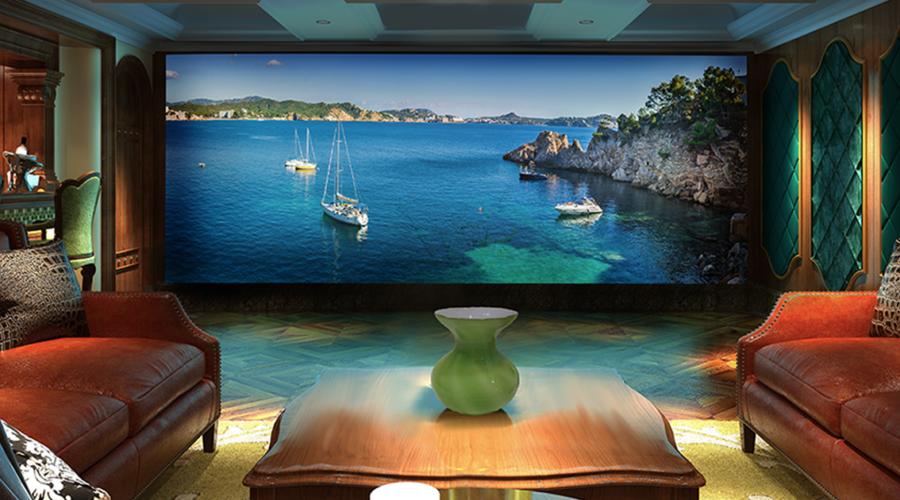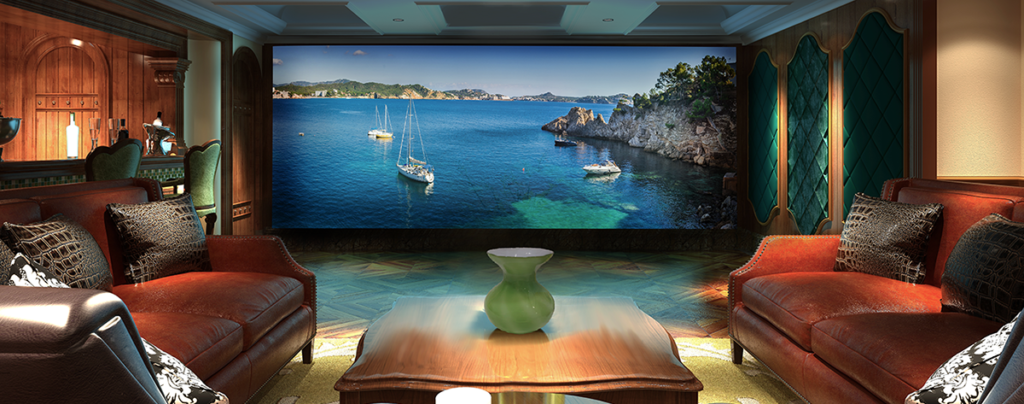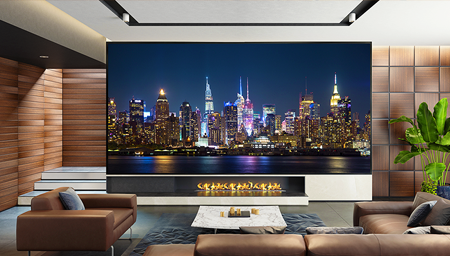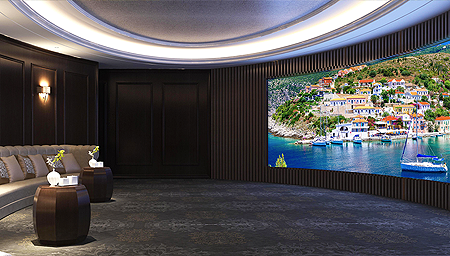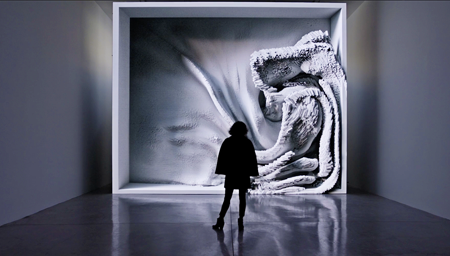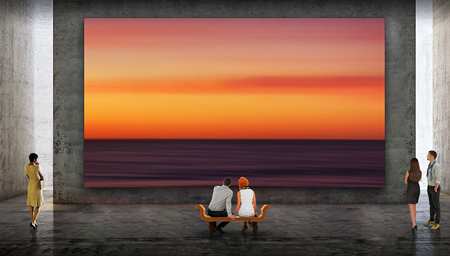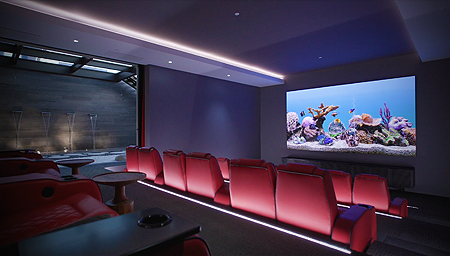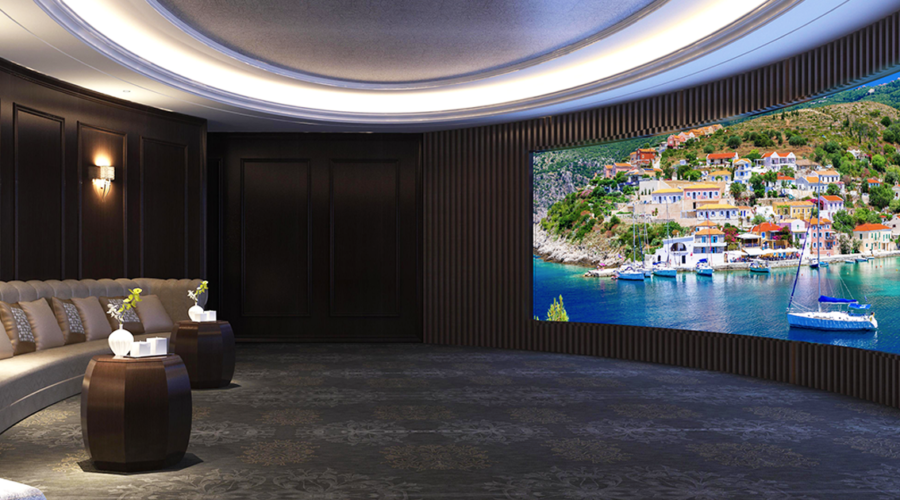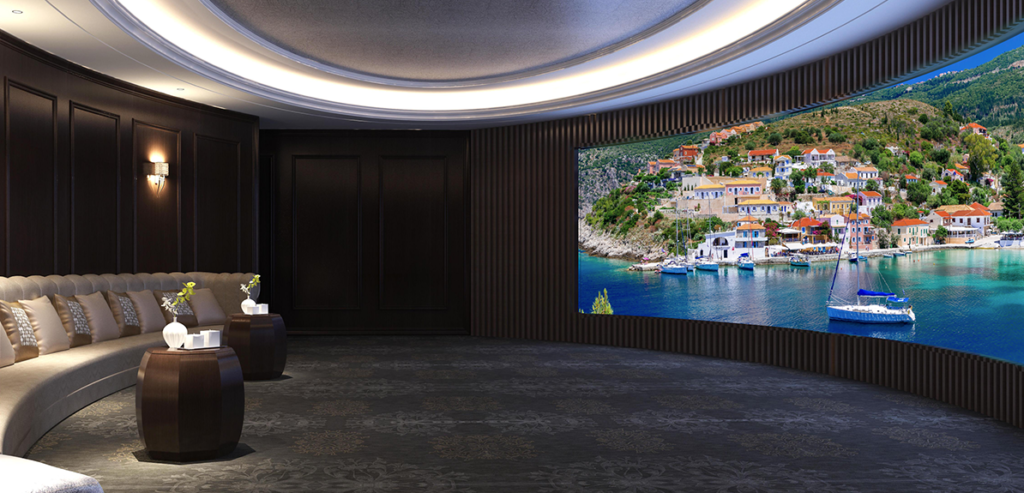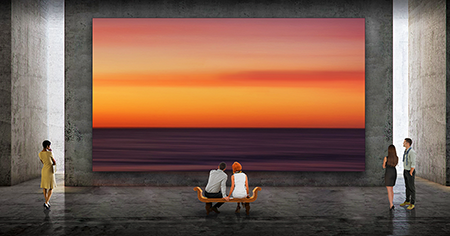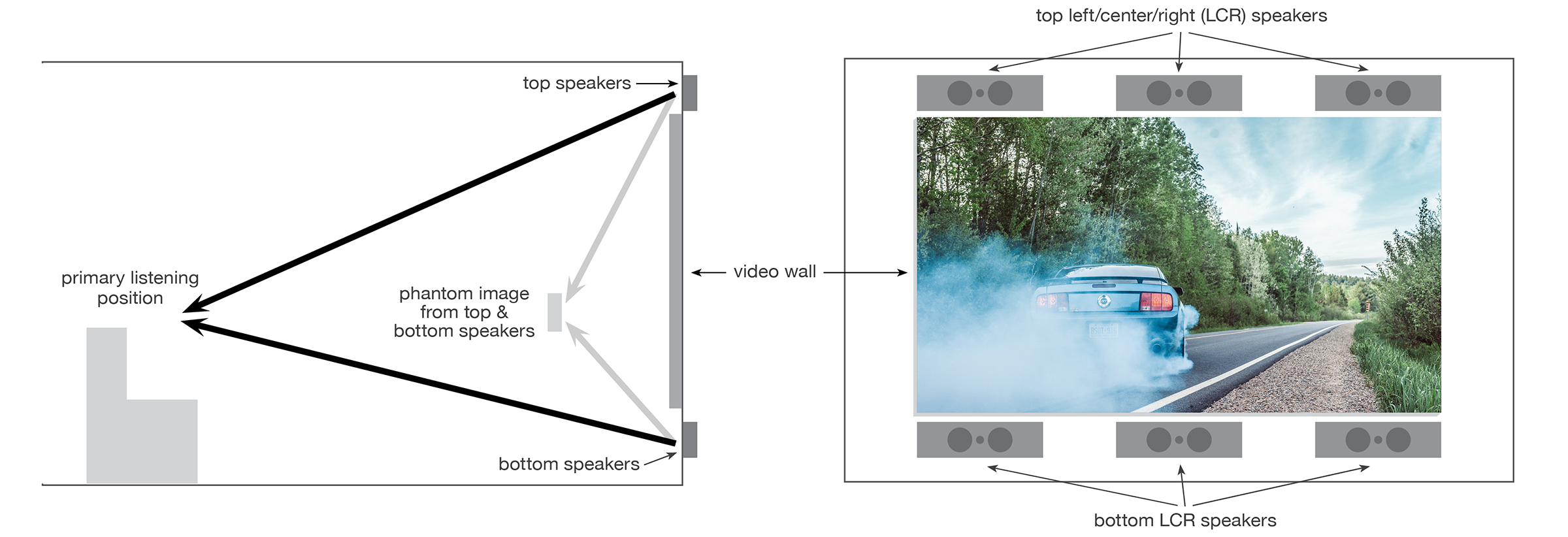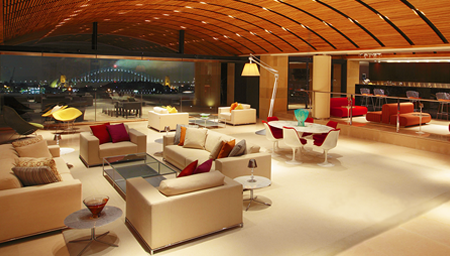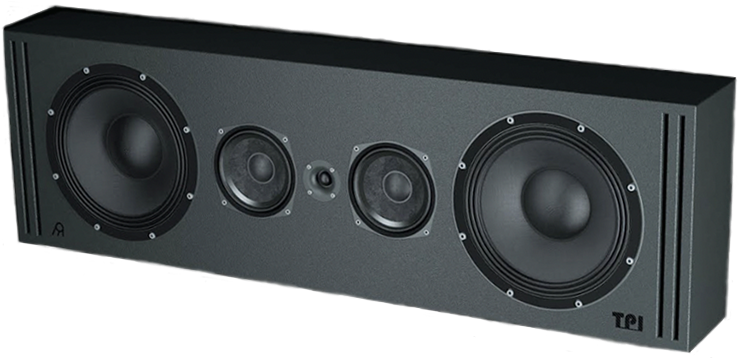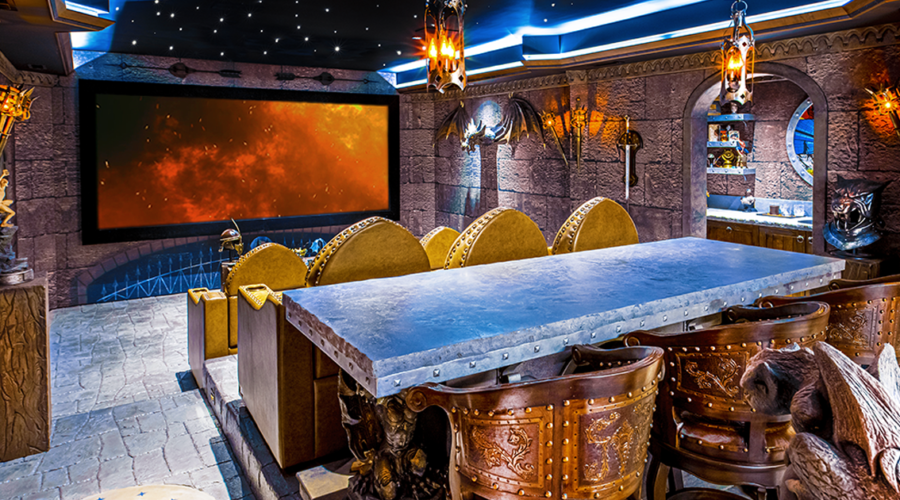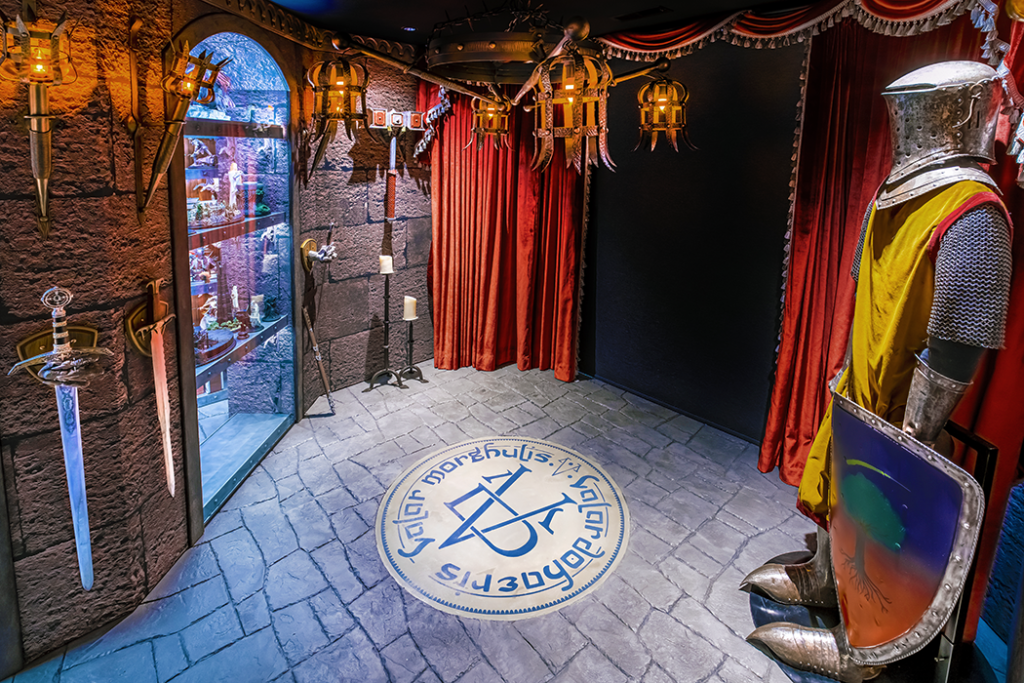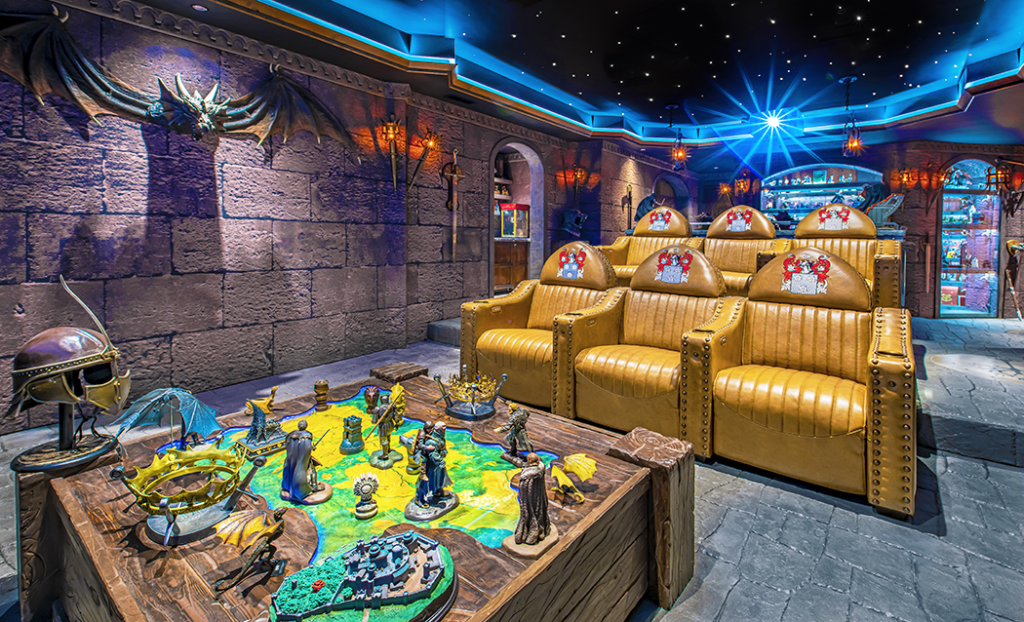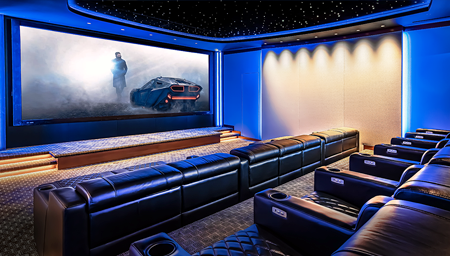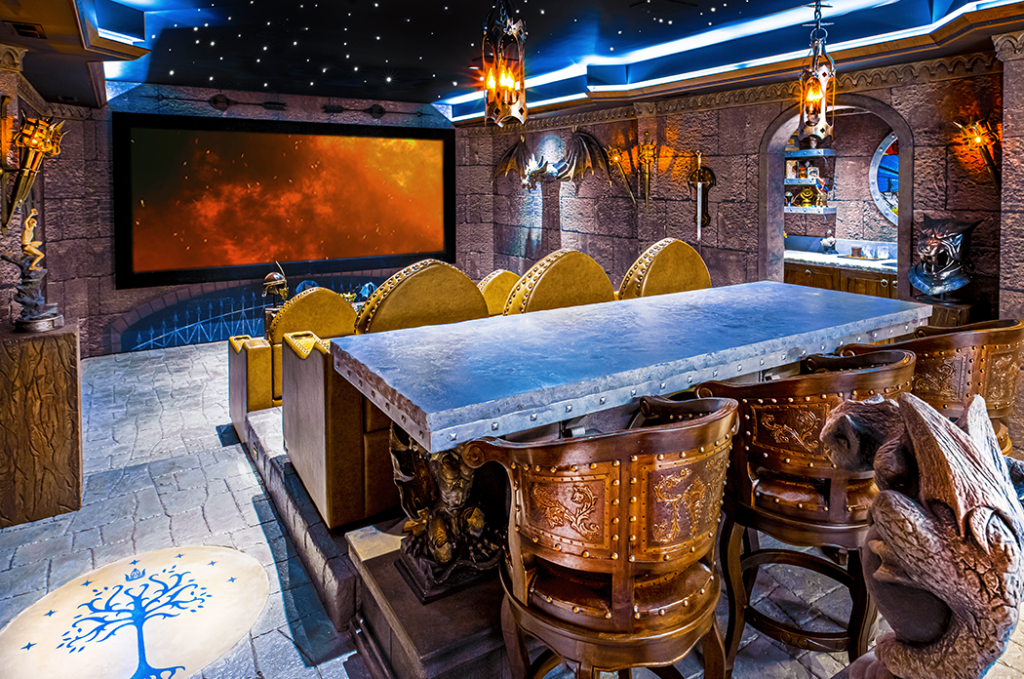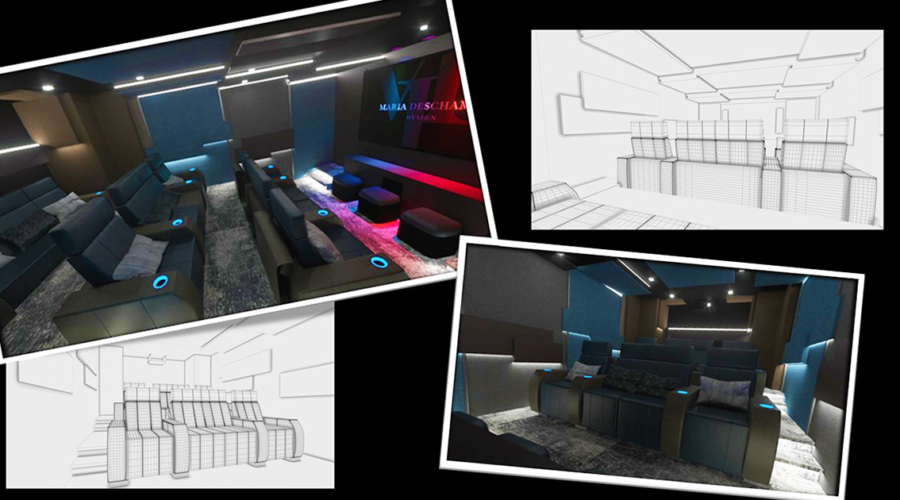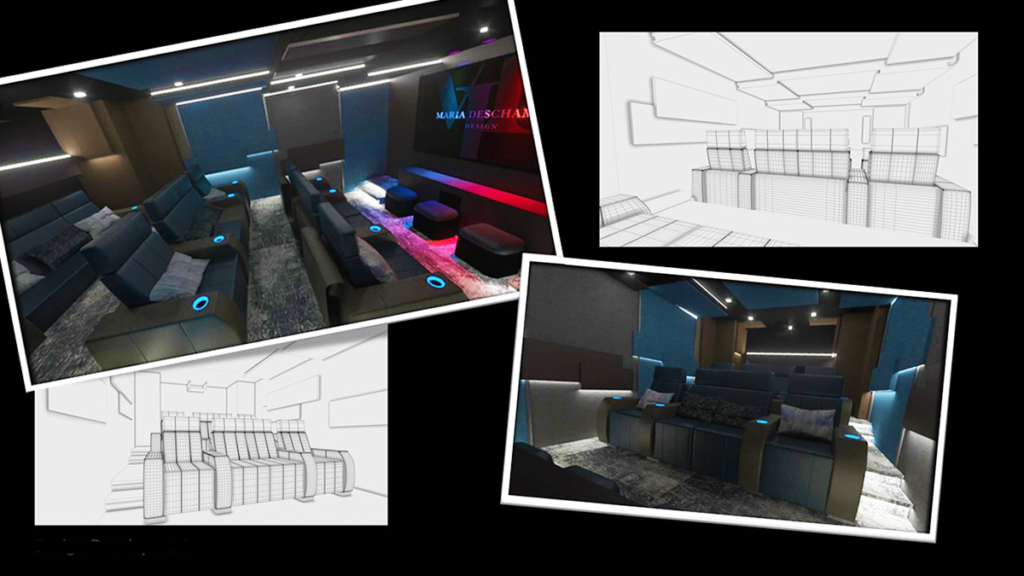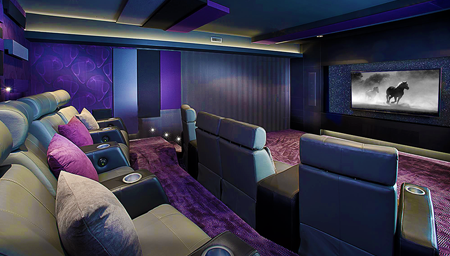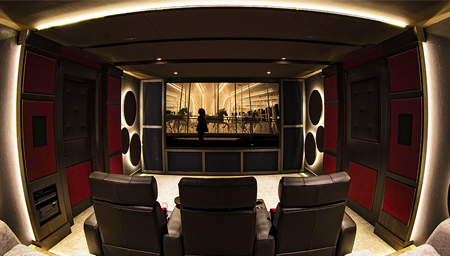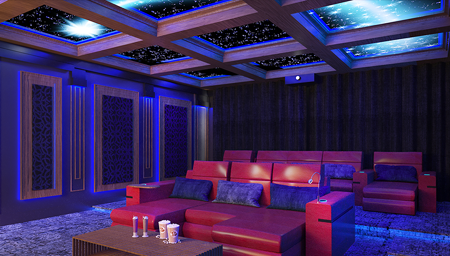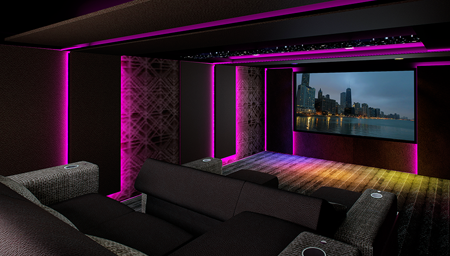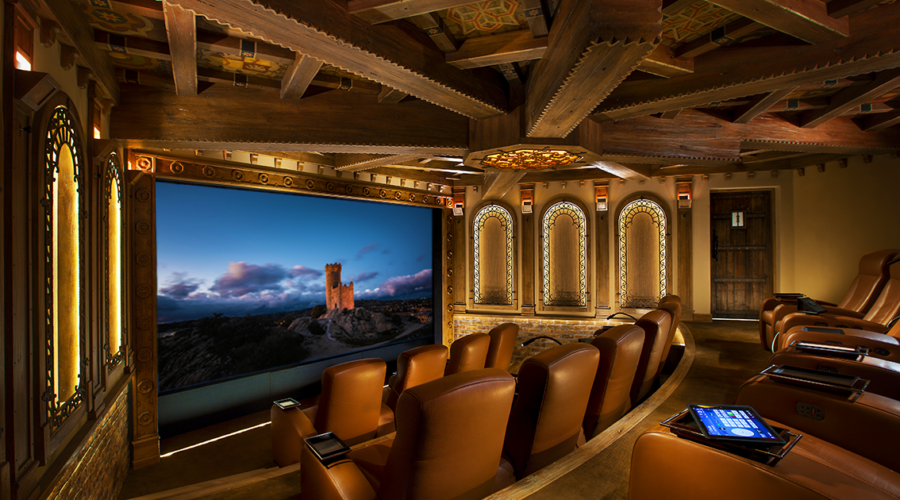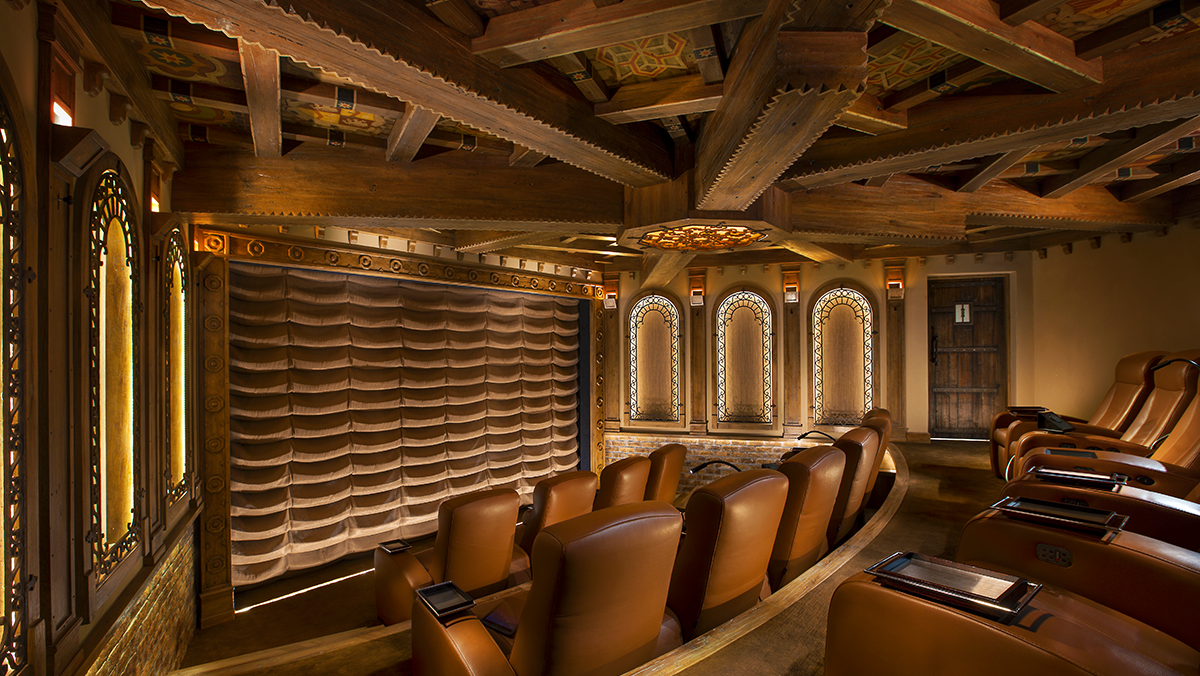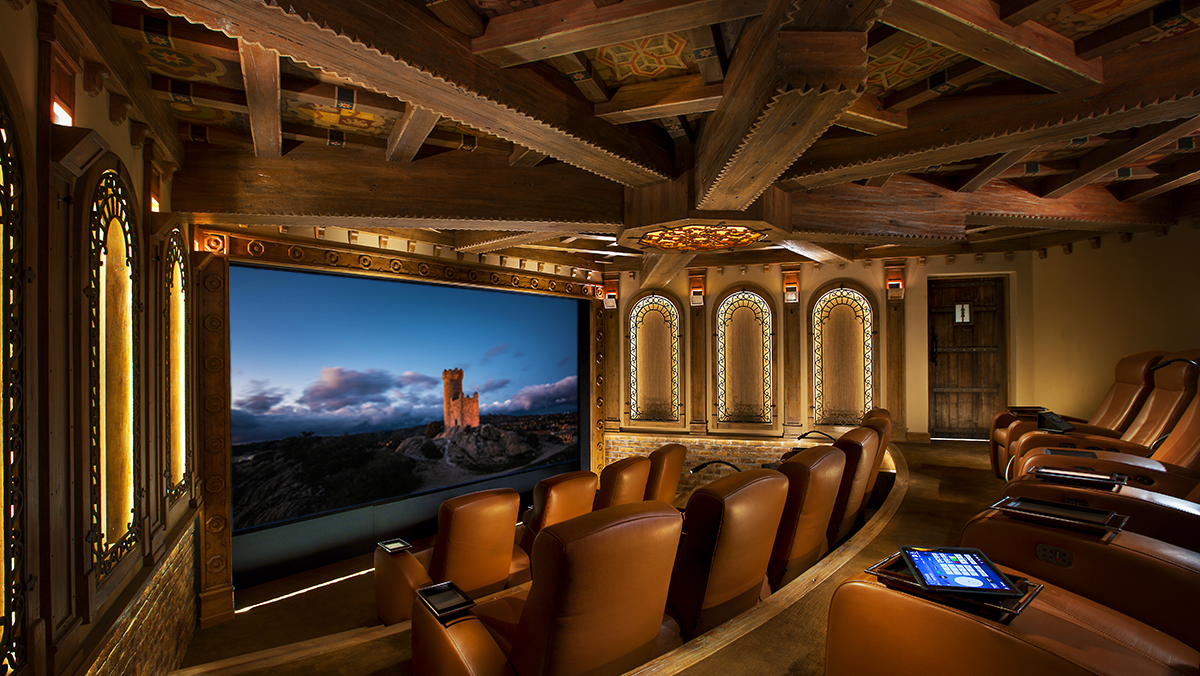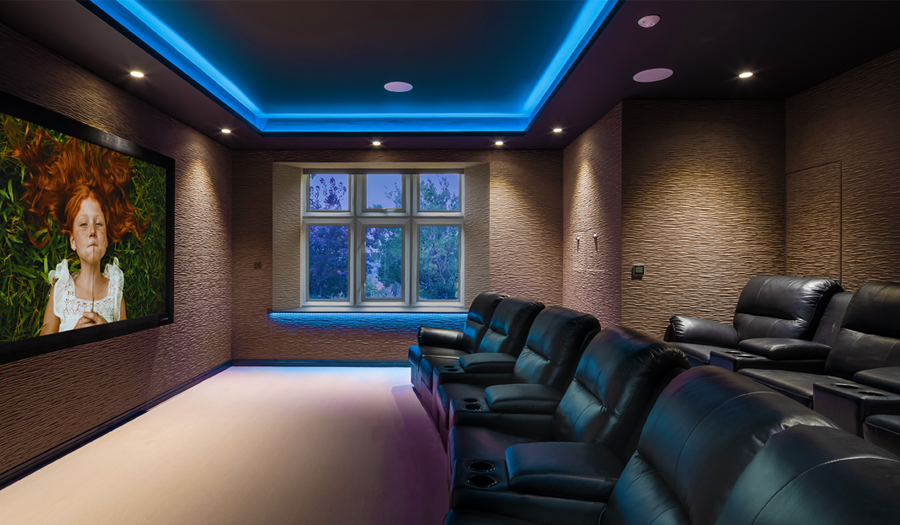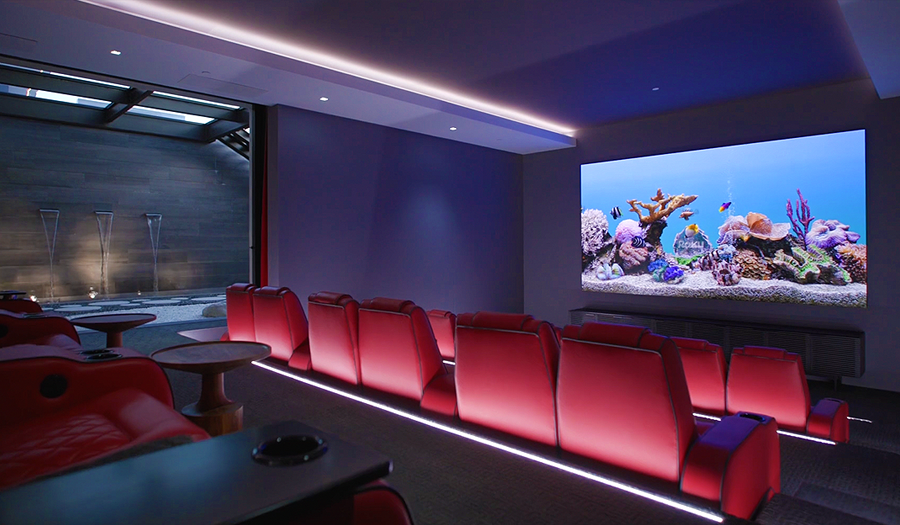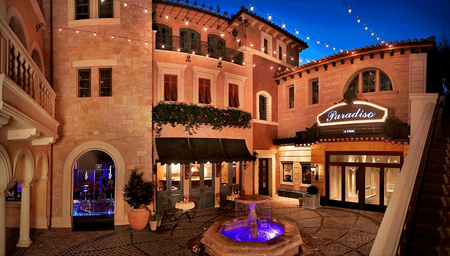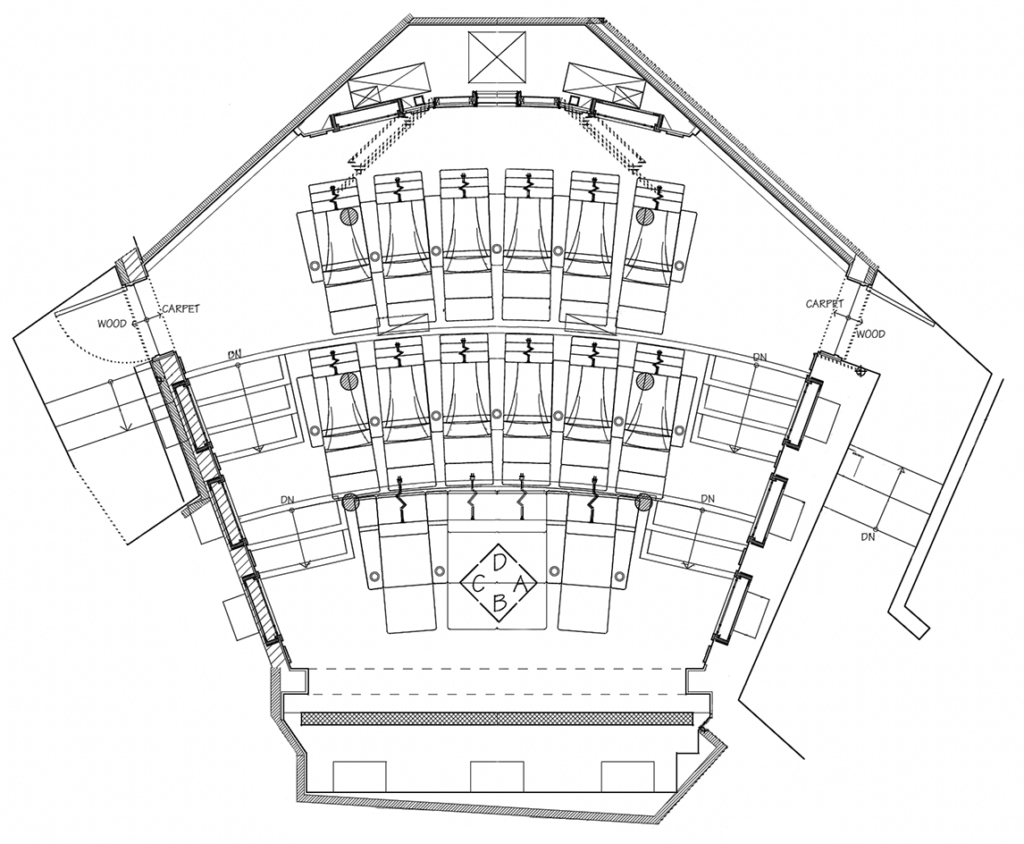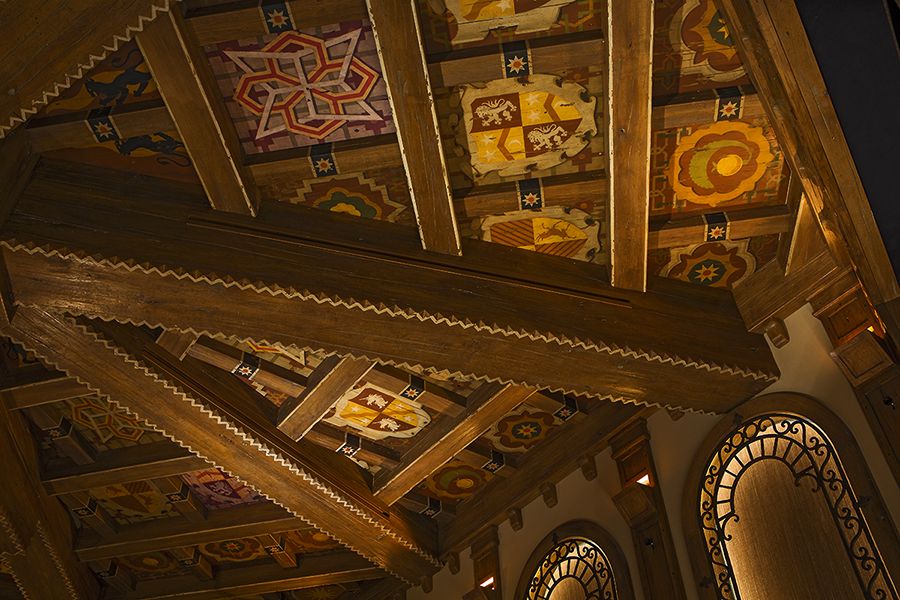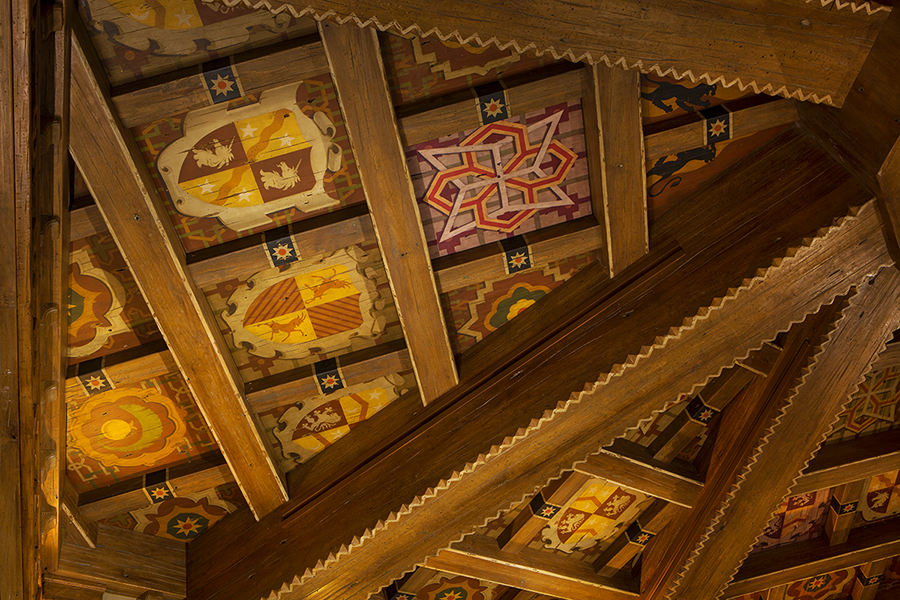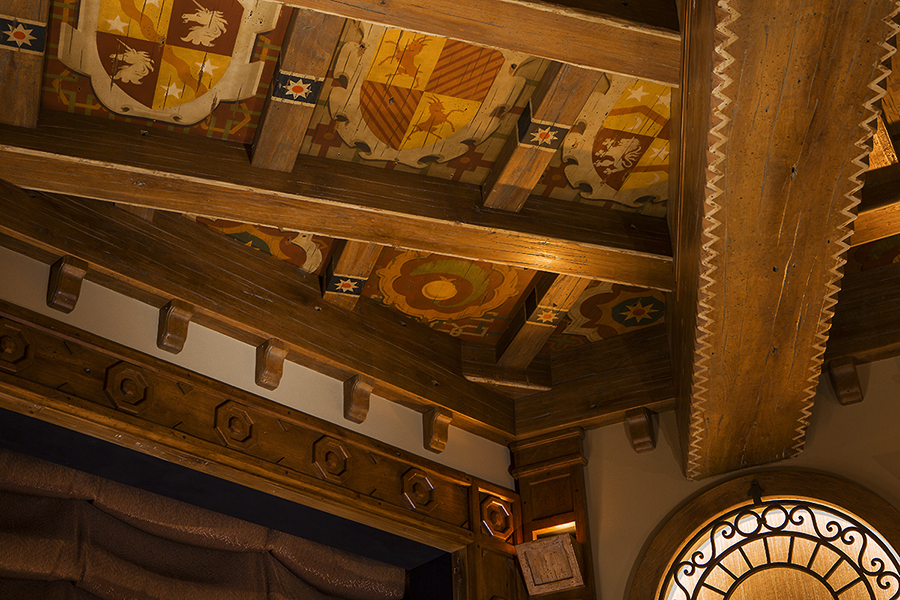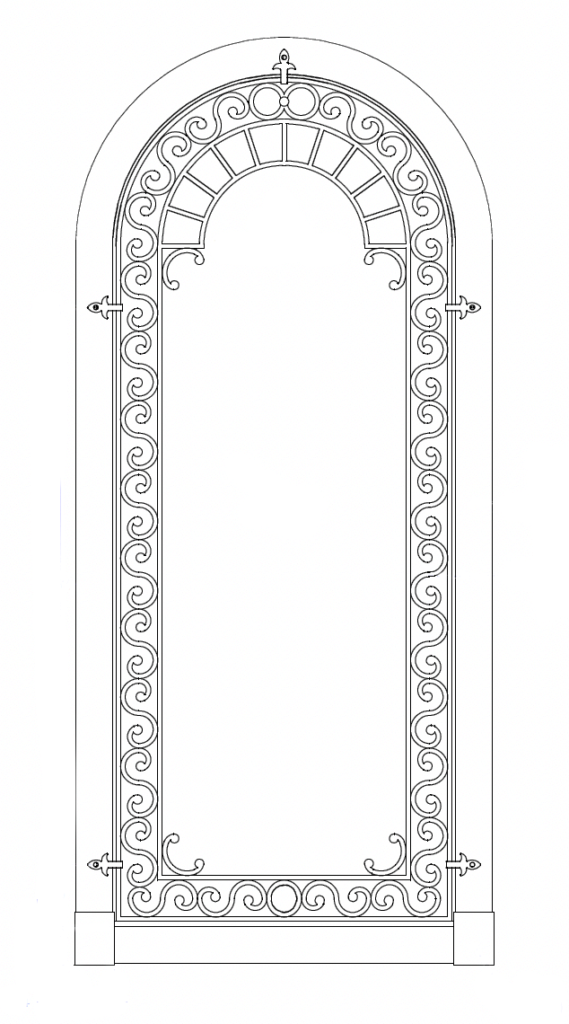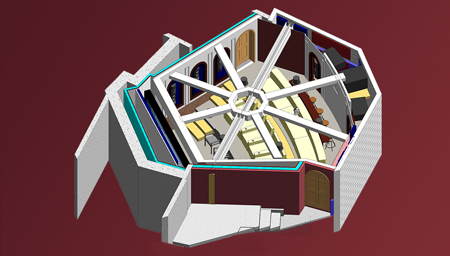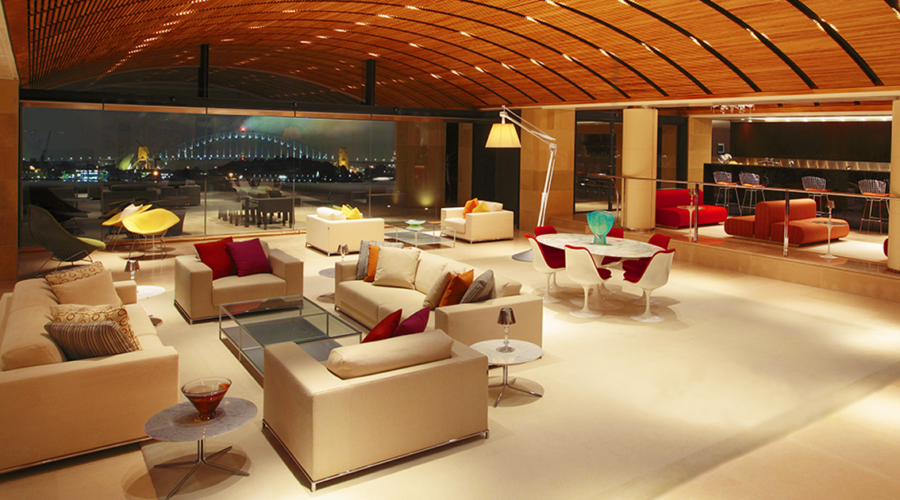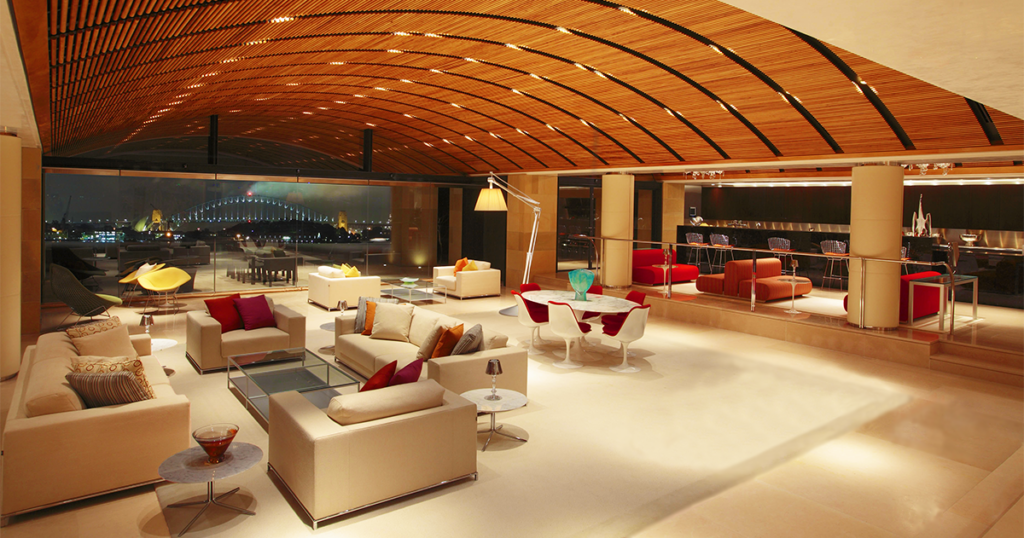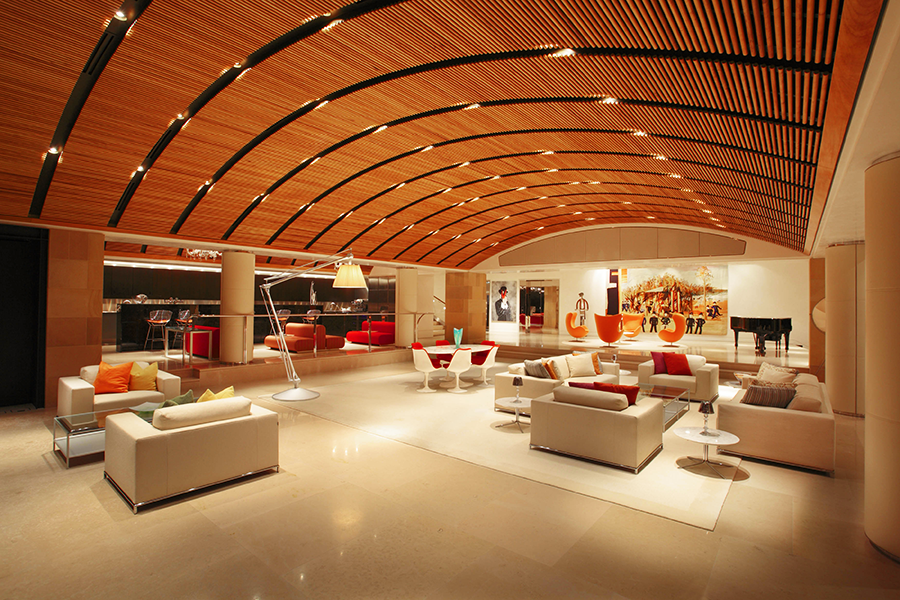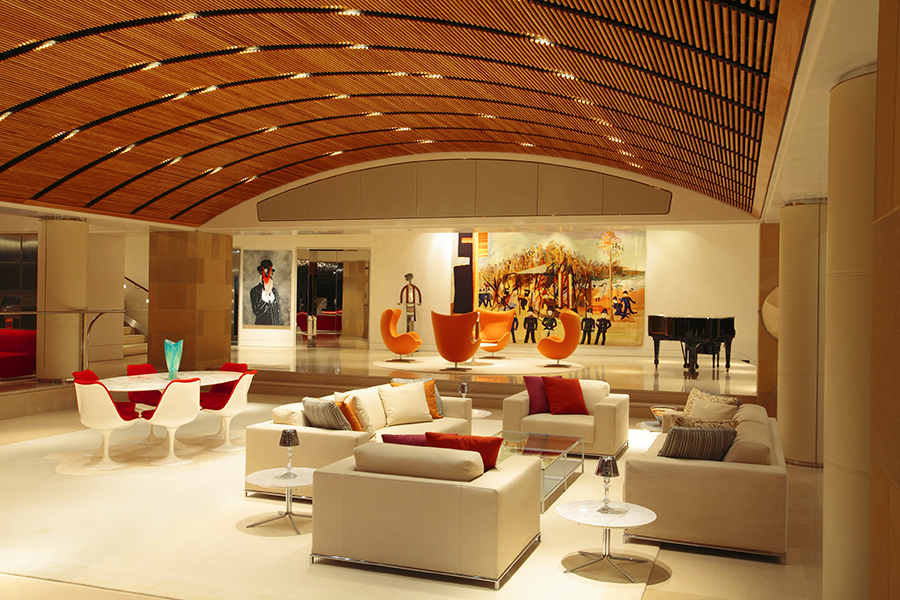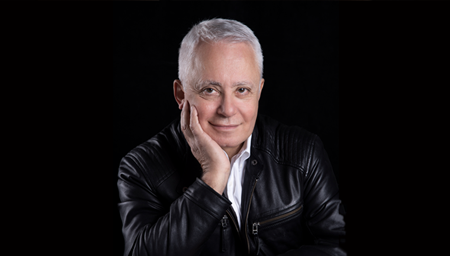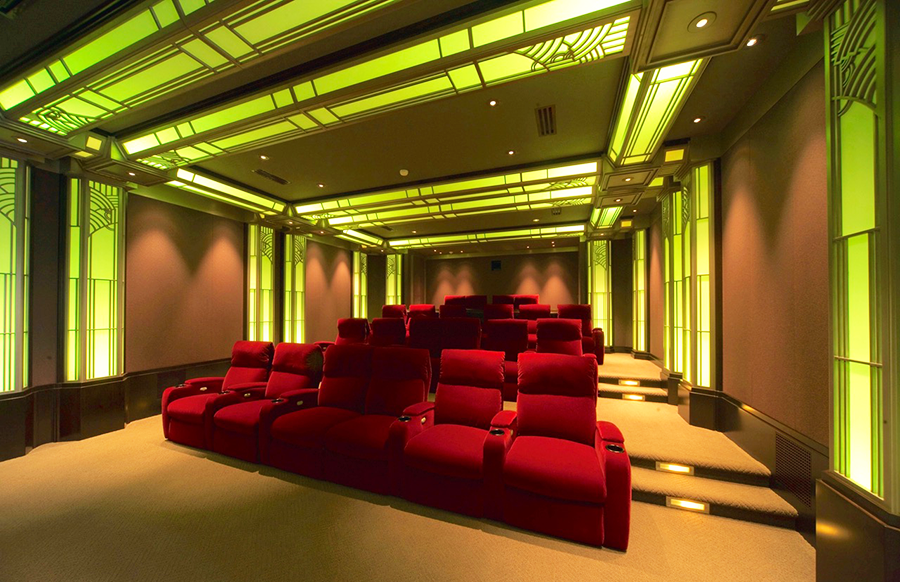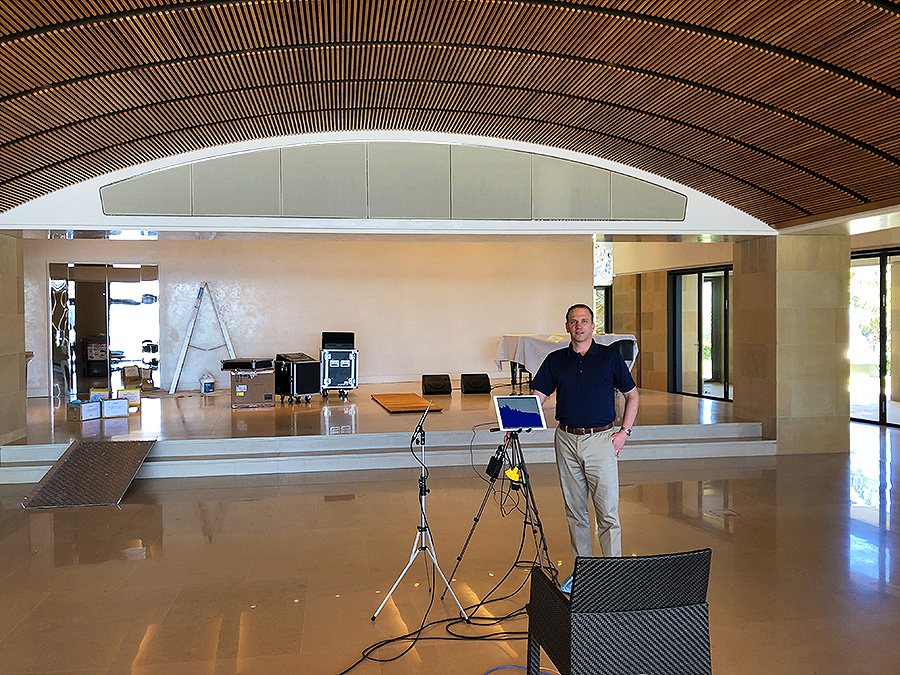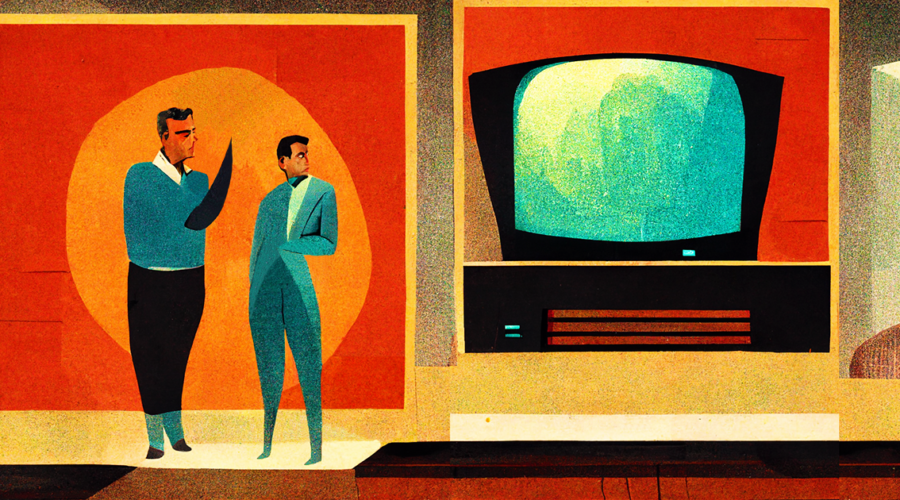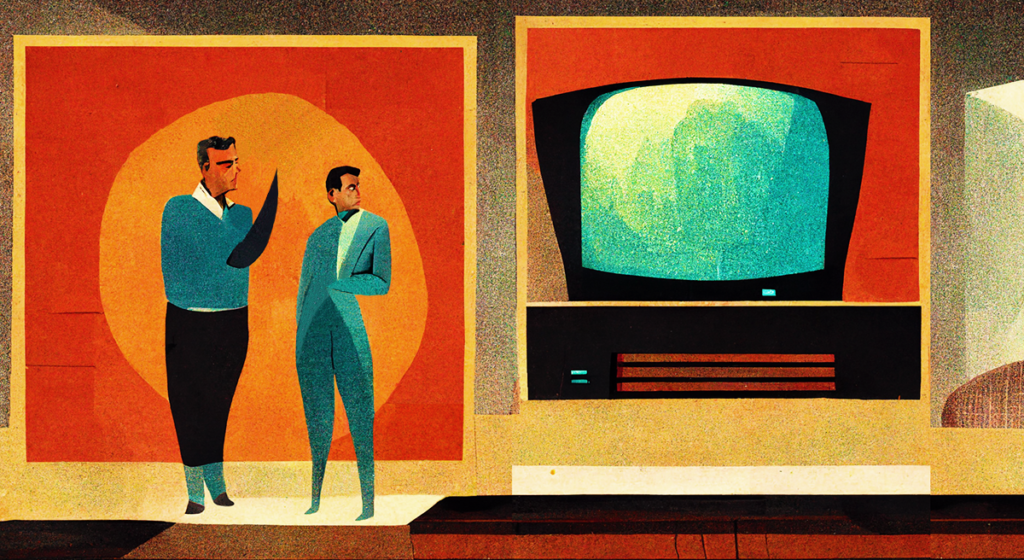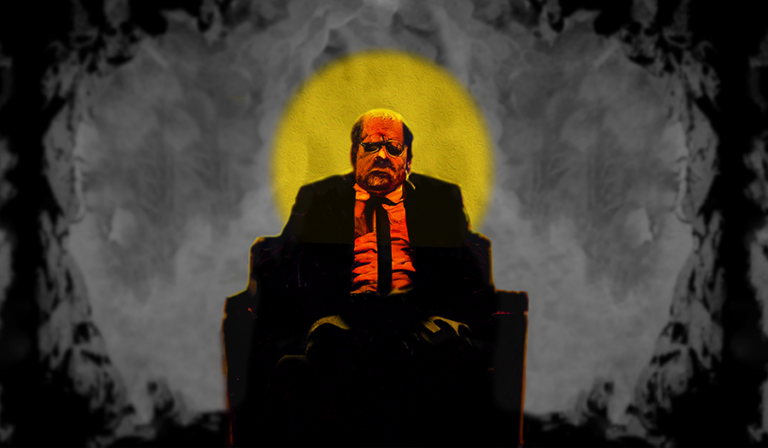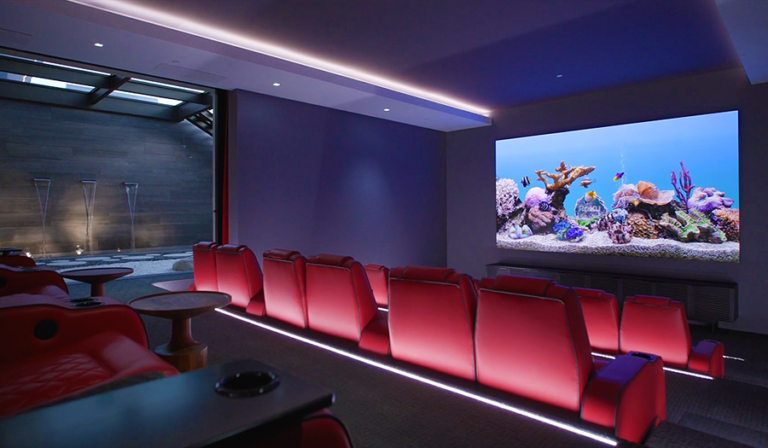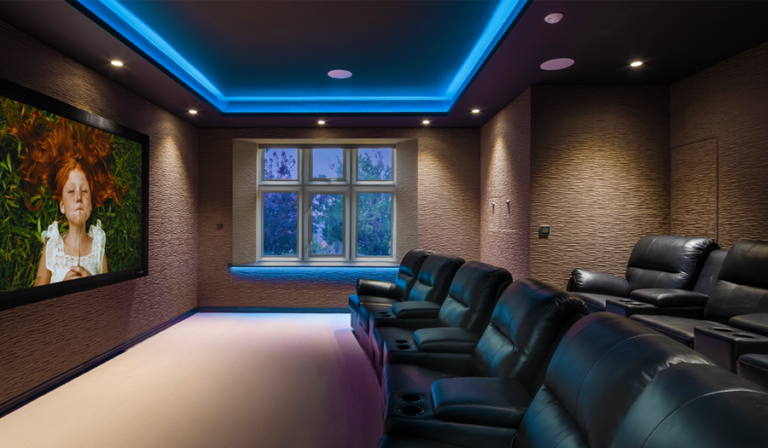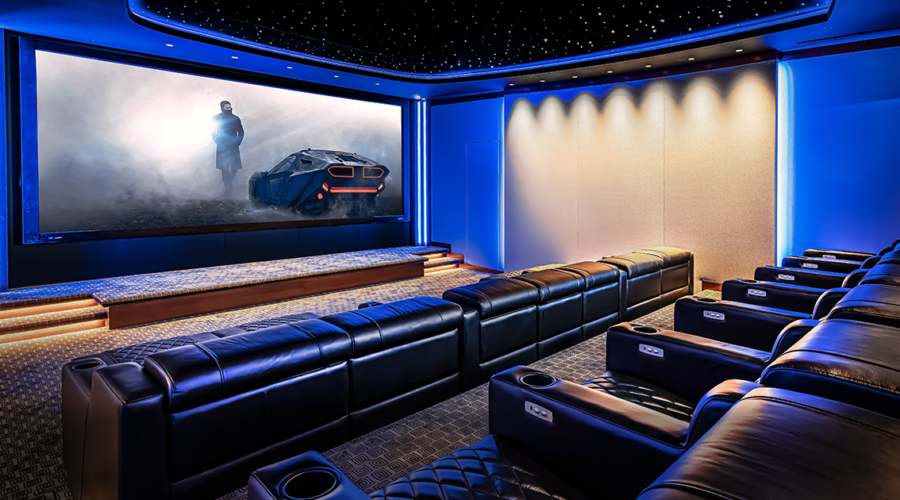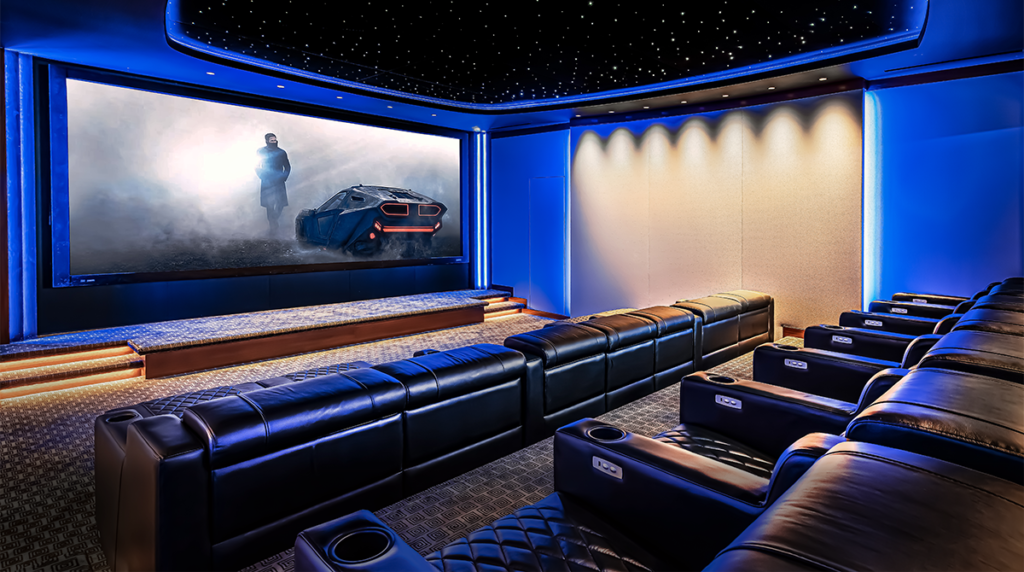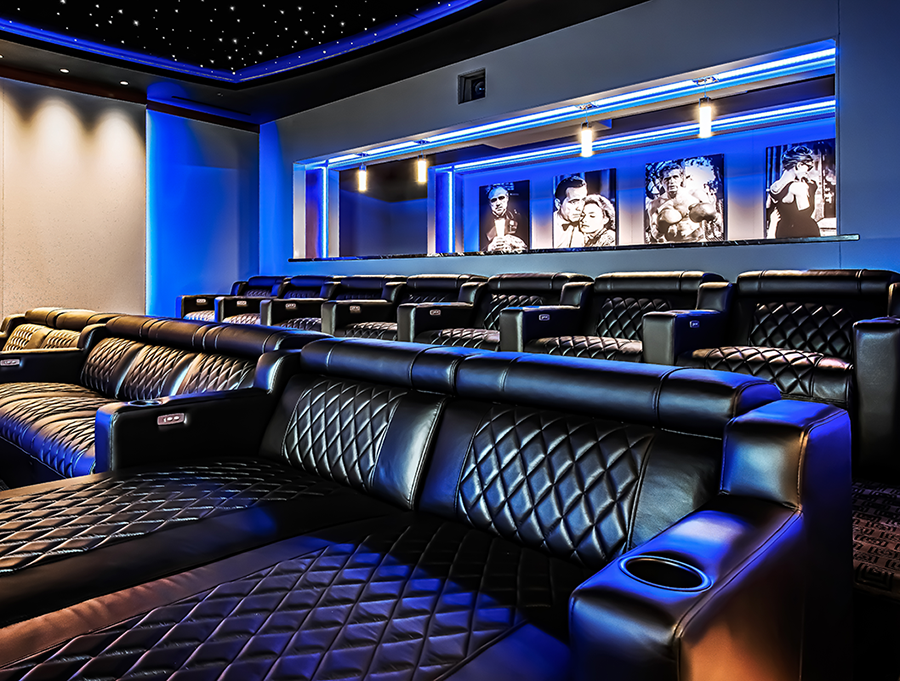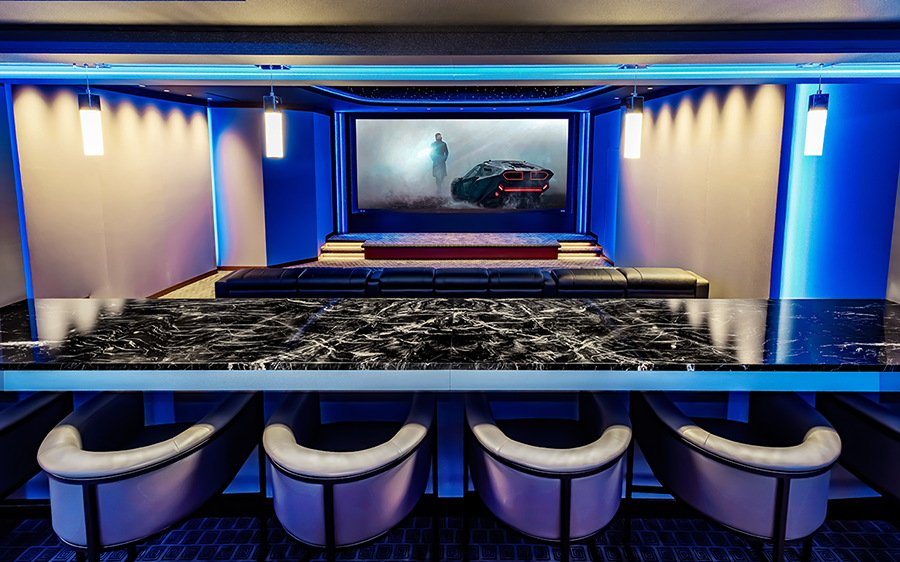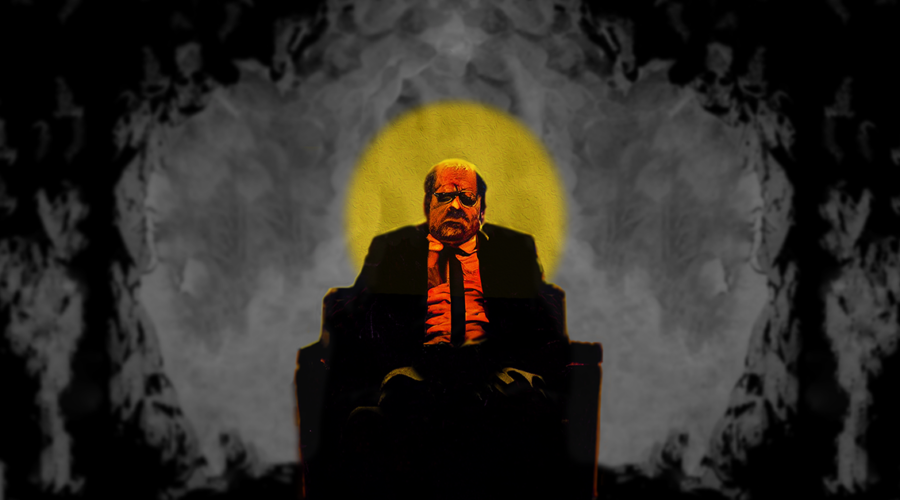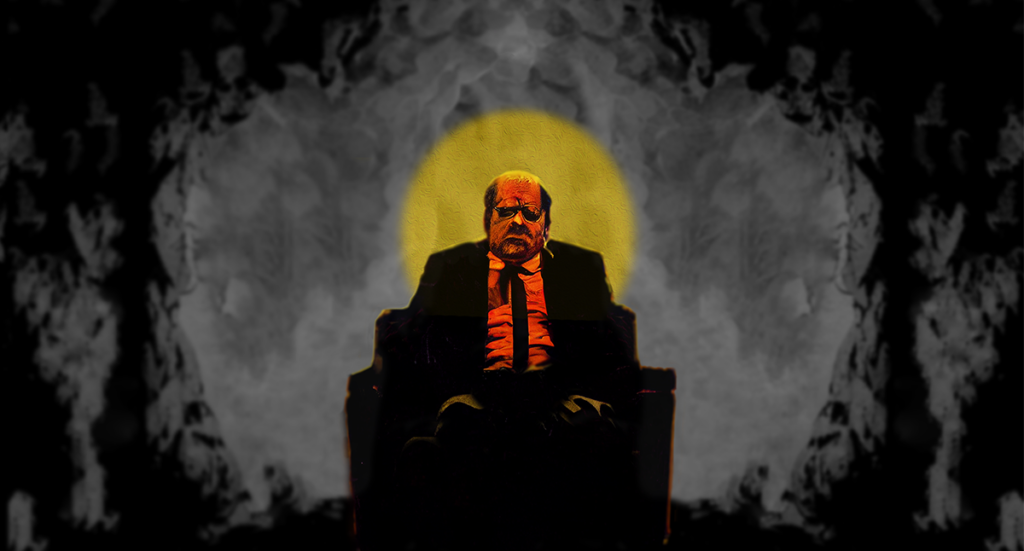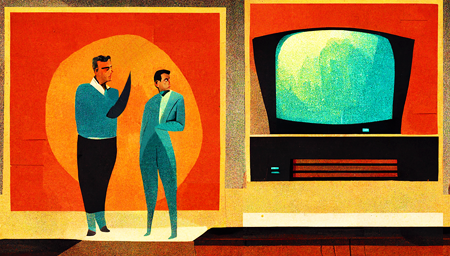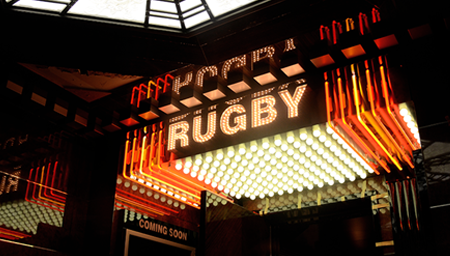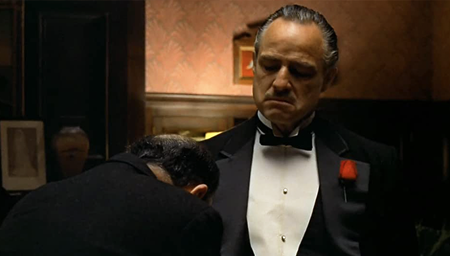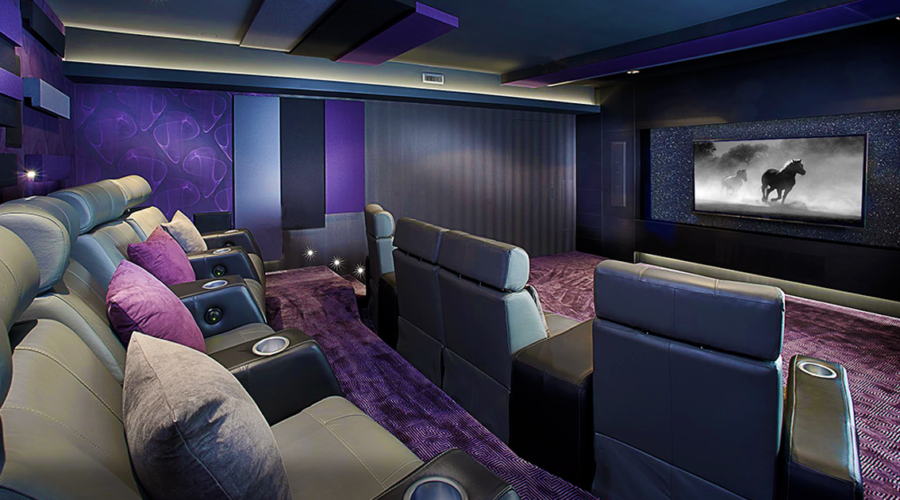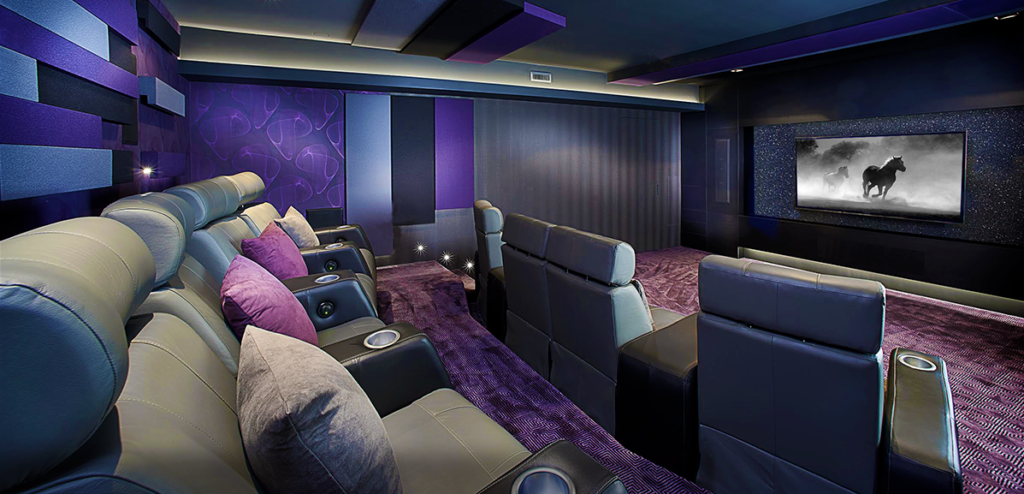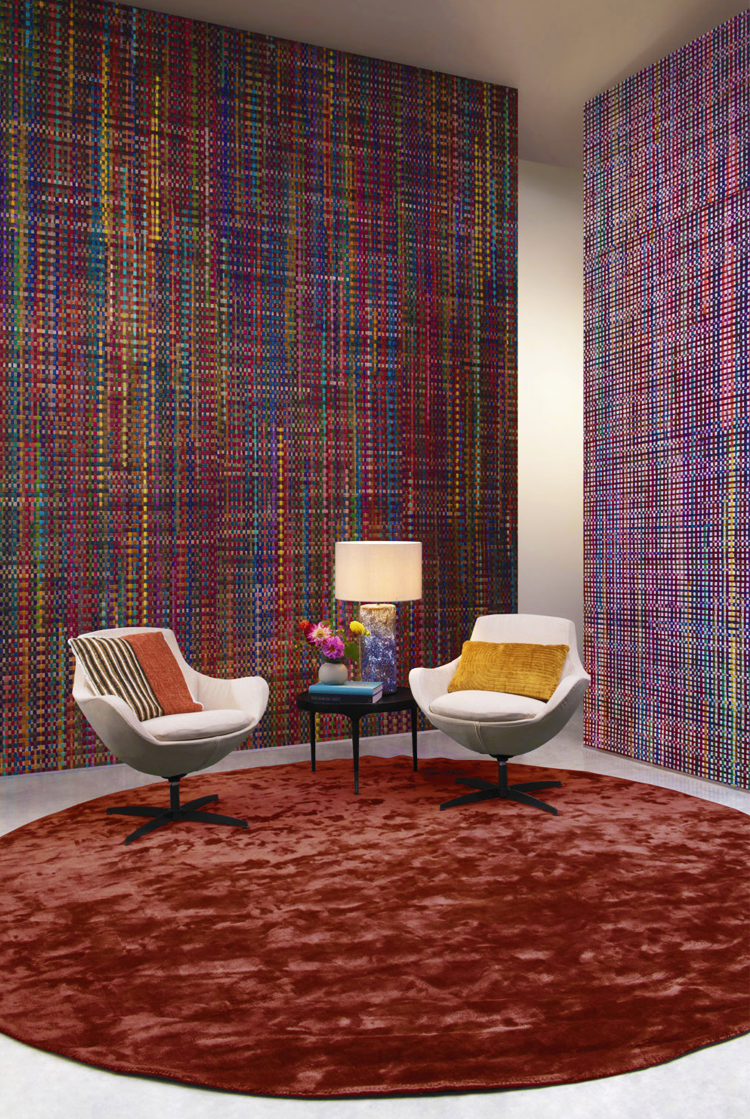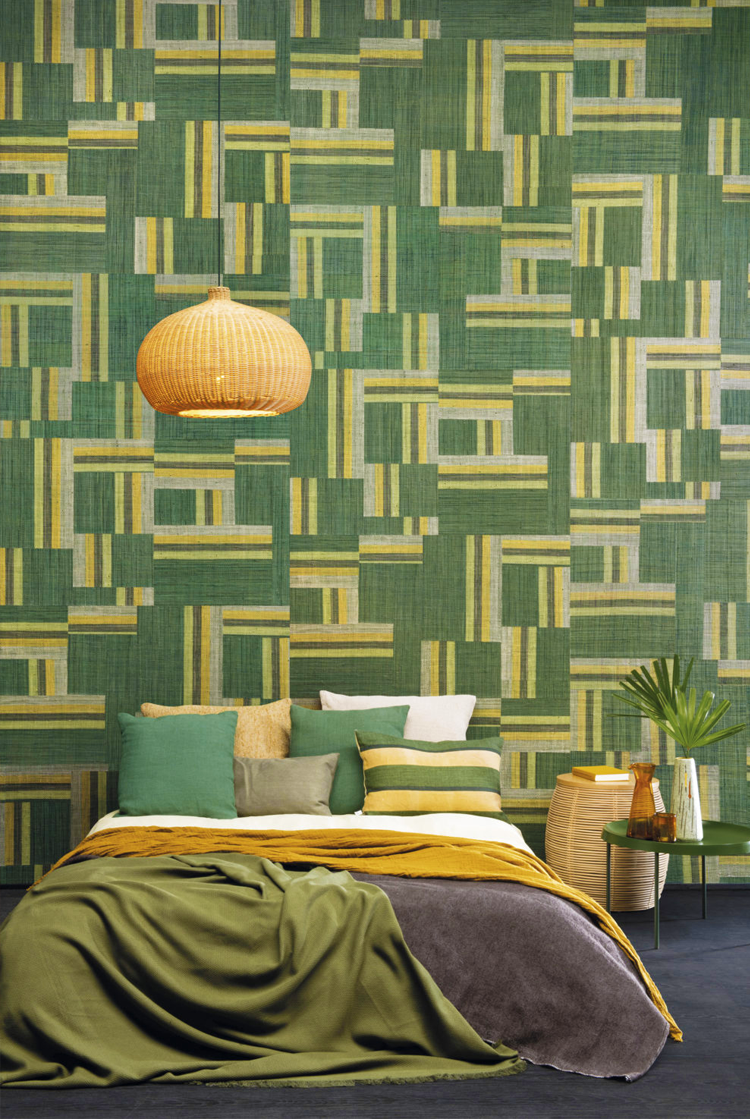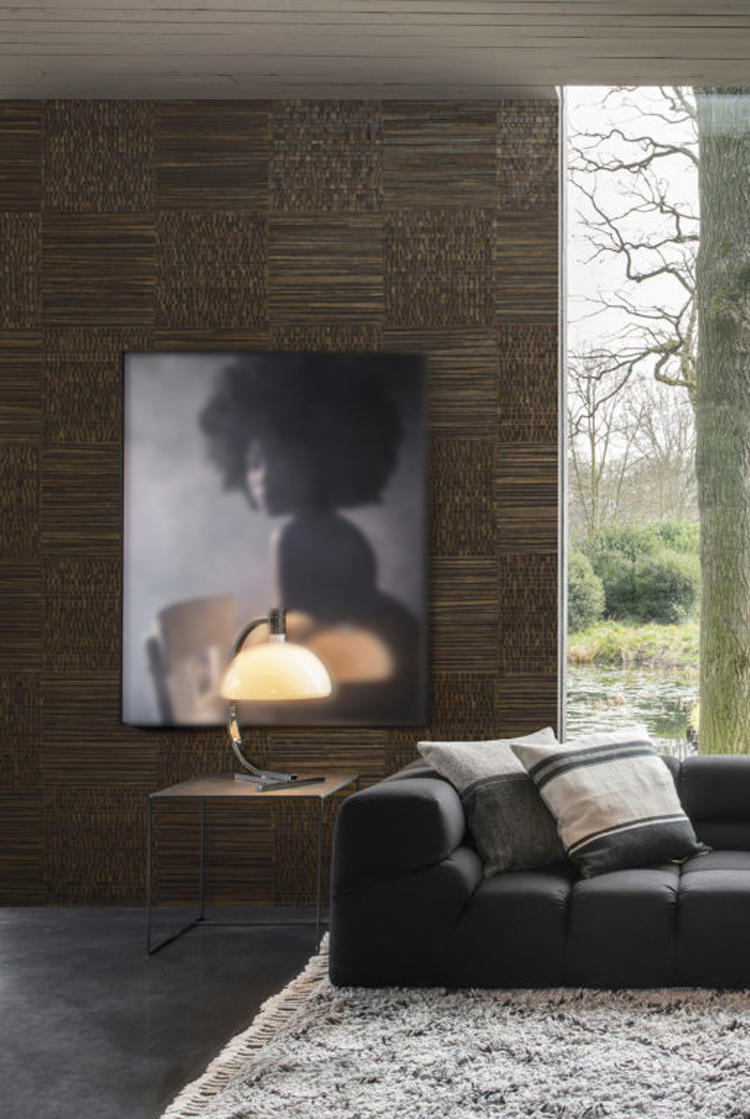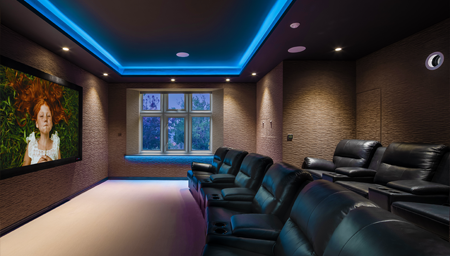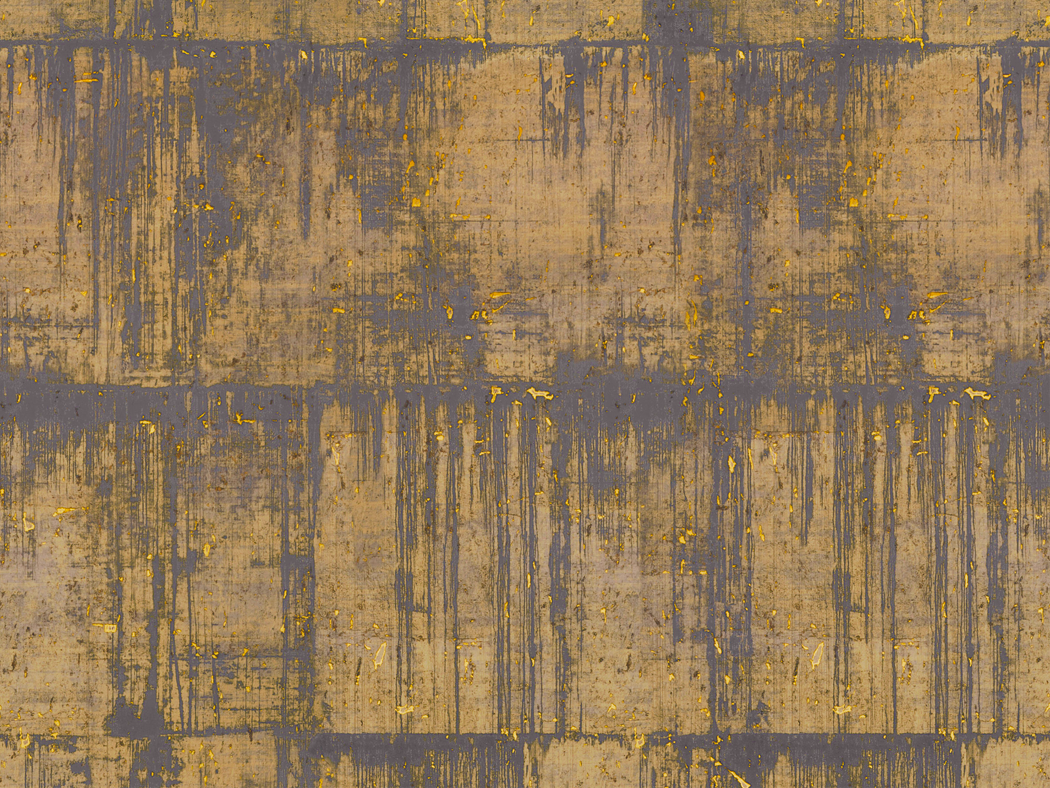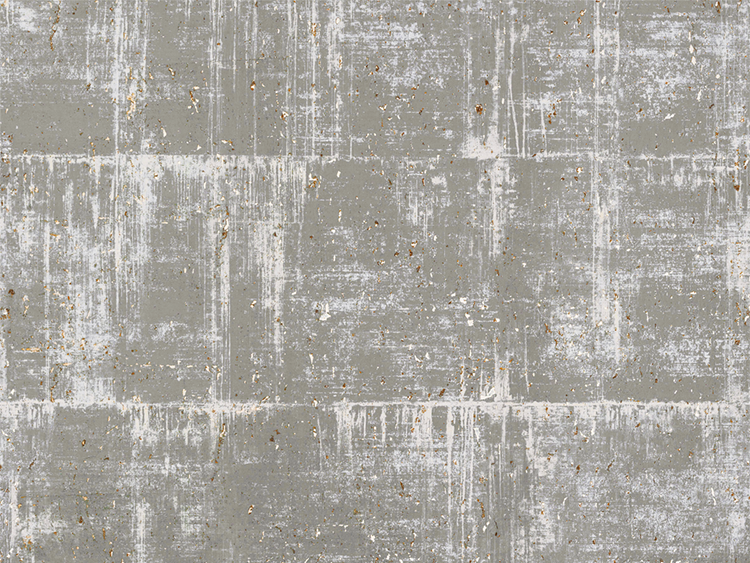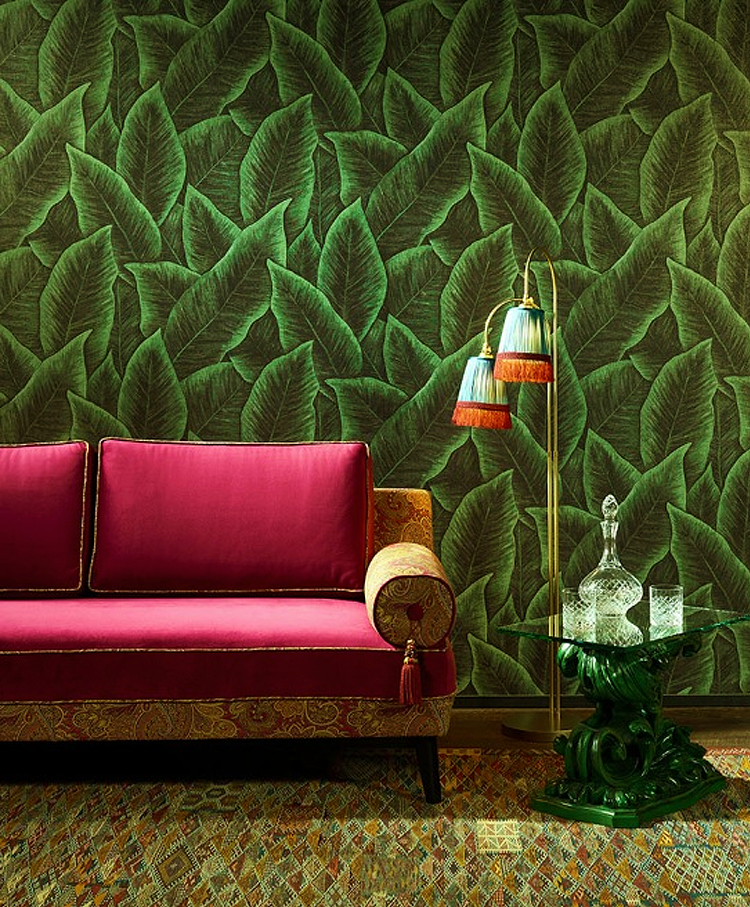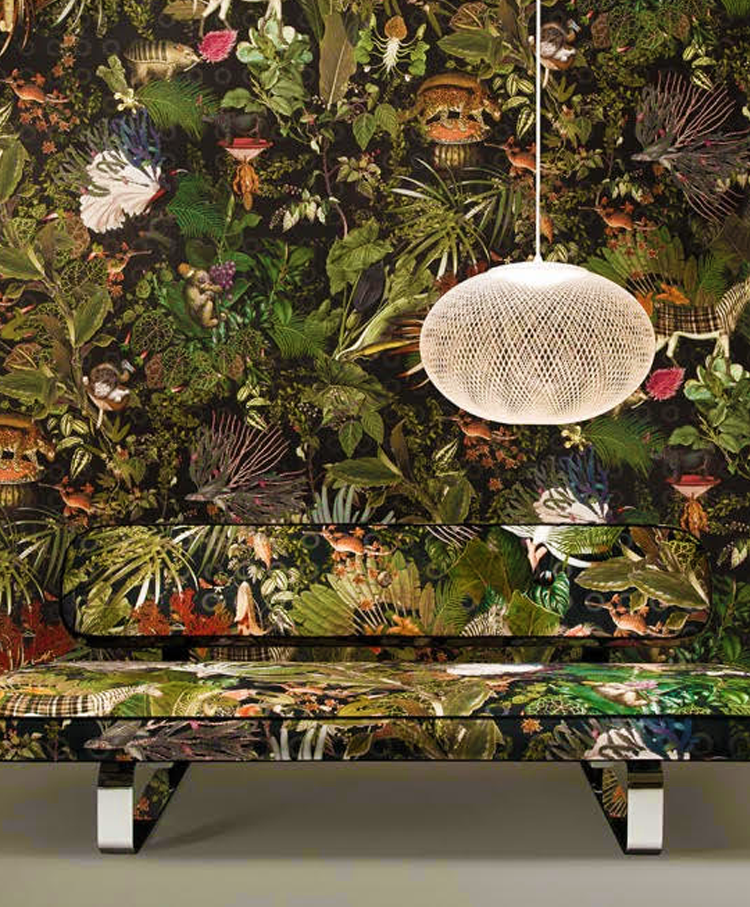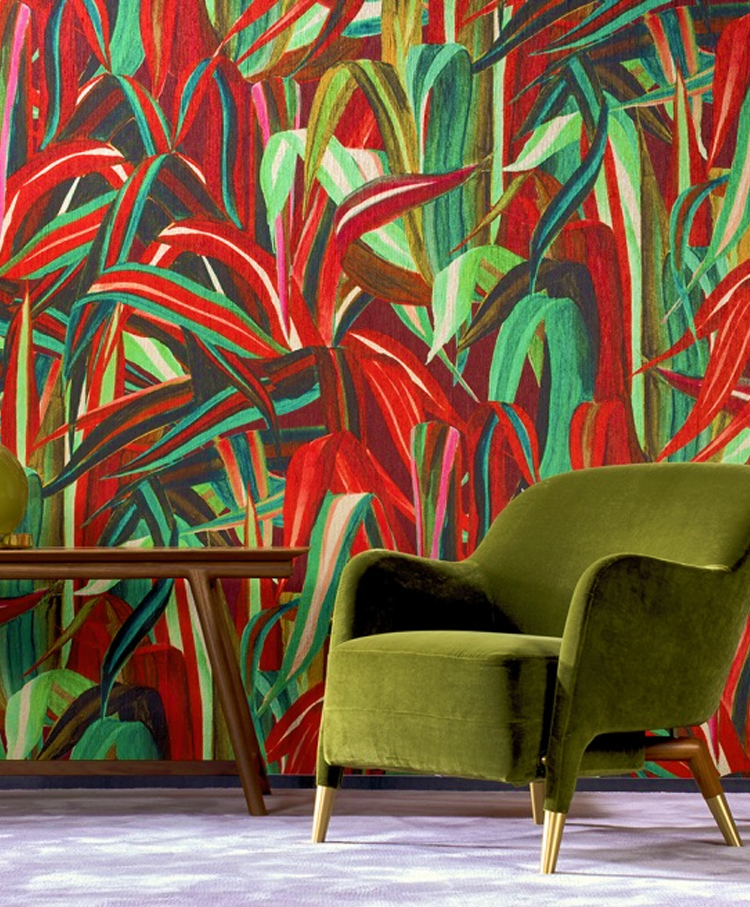Making Video Walls Better
“we can create spectacular whites and phenomenally dark blacks simultaneously, so if you’ve downloaded a 4K HDR movie from Kaleidescape, you’ll be getting everything that picture has to deliver”
Quantum Media Systems’ Ken Hoffman on what he’s doing to create video walls that live up to the technology’s potential
by Dennis Burger
January 31, 2023
It may seem odd to single out one provider of LED video walls as a luxury-focused solution when the entire category operates in the stratosphere of the high-end entertainment market. But as we speak with integrators installing these solutions about the pros and cons of such gargantuan screens, one name continues to rise above the buzz surrounding any nascent technology. Quantum Media Systems is quickly establishing itself as the go-to provider of video walls that stand out not merely in terms of sheer size but also image quality, reliability, scalability, and—believe it or not—comfort. What follows is a conversation with company CEO Ken Hoffman, an industry veteran with more than two decades of experience creating world-class private screening rooms, luxury commercial cinemas, post-production facilities, and more, about why Quantum created its Cinematic XDR LED video wall.
Since there are quite a few video wall solutions already, why did you feel it necessary to develop your own? What problems was the XDR system intended to address?
For many years, we worked in digital cinema either building or being part of teams that built screening rooms, post-production facilities, color suites, etc. But we decided around 2014 that we wanted to get back into the residential space and work with integrators, particularly on projects where the clients were approved to be on the Bel Air Circuit. That required Digital Cinema projectors, servers, video processors, etc.
Over the years, we’ve looked at using LED walls as opposed to projection, but the technology just wasn’t there yet. It looked good, but it wasn’t the high-end image quality needed in installations at that level.
So, after more than five years of R&D, we took the plunge about three years ago and decided to see if we could come up with our own approach, and instead of just buying somebody else’s wall and trying to make it better, we became an original equipment manufacturer working directly with component manufacturers. We specify the components—which diodes and integrated circuits to use—and create our own control and processing systems, taking the knowledge about image science we’ve accumulated from years of working at the very high end and from the motion-picture industry and applying that to video walls.
Which problems with the existing technology were you most interested in solving and how successful have you been?
One of the major advantages—aside from purity of color—is light output. Most LED walls will give you 600 or 800 nits, tops, in terms of peak brightness. Our newest wall is rated at 1,200 nits, and that’s calibrated. Uncalibrated, it’s more like 1,600 nits. Once you calibrate it for accurate color, you do lose a little brightness but that still enables us to do HDR better than not only other video walls but than many televisions.
Most HDR content has been created with 1,000 nits as the peak brightness target, and we’re able to provide that and typically more. By doing that, we can produce spectacular whites and phenomenally dark blacks simultaneously, so if you’ve downloaded a 4K HDR movie from Kaleidescape, you’ll be getting everything that picture has to deliver.
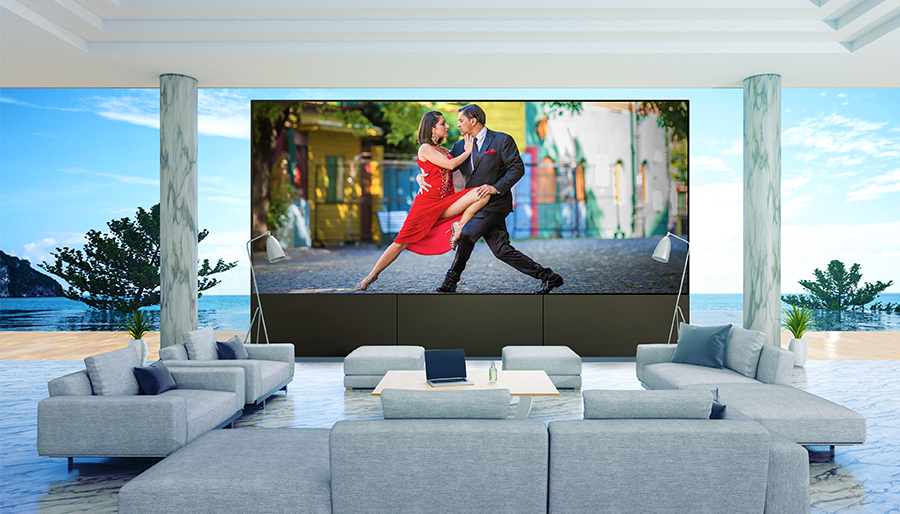
also on Cineluxe
Sign up for our monthly newsletter
to stay up to date on Cineluxe
Many integrators are concerned about the intense heat coming off video walls from many of the established manufacturers. People have joked that they feel like they’re going to get radiation burns standing in front of those things. Have you done anything to address that?
It is a big problem. That was part of our motivation for making a better wall. We wanted to make our system much more power-efficient. Simply put, if you get better results while using much less power, you generate less heat. We also use other techniques to dissipate heat better.
Nothing kills electronics quicker than excessive heat. Is that a contributing factor to the reports we’re hearing about reliability issues and longevity concerns with other video-wall solutions?
It could be. I agree with you: Heat is always an enemy. So, by generating a lot less heat and dissipating what little heat we do generate, that’s not as much of an issue for us. But in addition, we’re basically theater guys, and we’re helping our integration partners with theaters and media rooms where comfort is a real issue. With many video walls, you need a lot more air conditioning. If your front row is ten feet away and you’re feeling all this heat radiating off the screen, is that really conducive to enjoying a film? That was also a big consideration for us. You can walk right up to our wall and hardly feel any change in temperature.
You mentioned seating distance, which brings up the issue of screen size. What are the theoretical upper limits for the size of your wall?
Functionally, there are no limits. Our LED walls consist of a multitude individual cabinets, and within our cabinets, we have multiple modules. Each cabinet is basically a building block and we install those together to create a screen as large as the client wants, or as large as the room will accommodate.
The only issue is that as you get a lot bigger, the video processing gets a little more involved and you need more processing power, but we have the ability to do very large walls. If someone wanted a 100-foot wall or greater, no problem. It just takes a lot more processing power.
LED video walls are sort of akin to what OLED was ten years ago. Back then, people were paying $25,000 for a 55-inch OLED TV. Their failure rate was super high and the longevity wasn’t great, even on panels that didn’t fail within a year or so. But we’ve come a long way since then. So what would you say to the tech-savvy luxury homeowner who assumes LED video walls are going to follow the same trajectory?
I think there are some similarities but it’s not one-to-one. You can’t just treat this like a large TV. Some companies are trying to move in that direction. By making the installation of their video walls simpler, they’re trying to create economies of scale, so instead of a 100-inch TV, they can sell you a 120- or 130-inch video wall and treat them functionally interchangeably. It works, and the pricing is coming down, but the quality isn’t there. You’re going to see lines in between the modular elements, for example.
Do you mean the lines between each module or the lines between each row of pixels?
If the cabinets and internal modules aren’t aligned correctly you’ll see those lines. And the closer you get to the wall, the more you’ll see them. We’re spending a lot of time during the installation process so that we’re aligning the modules and cabinets optimally. We’re also spending a lot of time in the calibration process.
Would it be fair to say that what you offer is as much a service as a product?
It’s a combination of the two. It’s a much better LED wall, it’s a dramatically better video processing system—it’s a complete package. And then we provide on-site installation and calibration where we spend not just one or two but many days getting everything installed, aligned, integrated, and calibrated. It’s a turnkey solution. We’re focused on the pinnacle of image quality in cinematic environments.
What else might influence a high-end client to decide between a luxury projection system and a QMS Cinematic XDR video wall system?
Since we have a lot of experience with all different brands of projectors, we can explain that projectors can’t provide uniform light across the screen. When we do calibration on projectors, on a typical screen we look at 25 locations, and we get 25 different brightness values. Sometimes the differences are small, sometimes they’re large, but with the LED wall, it’s one value. The screen is 100 percent uniform.
Another consideration is convergence. Many projectors use different chips for red, green, and blue elements of the image, and you have to align those three chips as best you can. Usually, you can get most of the pixels converged but some of them aren’t. In movie theaters, there can be multiple pixels off on convergence. In the home, you’re so close to screen that you can’t be off that much. With LED walls, there are no convergence issues. Each red, green, and blue element lines up perfectly with its mates.
Another issue is that no matter how good your lens is, with a projection system, you can’t have perfect focus over the entire screen. You’re going to lose some focus, especially toward the edges of the screen. So having uniform focus, uniform convergence, and uniform light are major advantages. Add to that the truly deep blacks no projection system can deliver, along with the enhanced brightness no projector can give you, which helps with things like HDR, it’s just a dramatic advantage over projection.
“the truly deep blacks no projection system can deliver along with the enhanced brightness no projector can give you, give our video wall a dramatic advantage over projection”
Dennis Burger is an avid Star Wars scholar, Tolkien fanatic, and Corvette enthusiast who somehow also manages to find time for technological passions including high-end audio, home automation, and video gaming. He lives in the armpit of Alabama with his wife Bethany and their four-legged child Bruno, a 75-pound American Staffordshire Terrier who thinks he’s a Pomeranian.
© 2023 Cineluxe LLC
